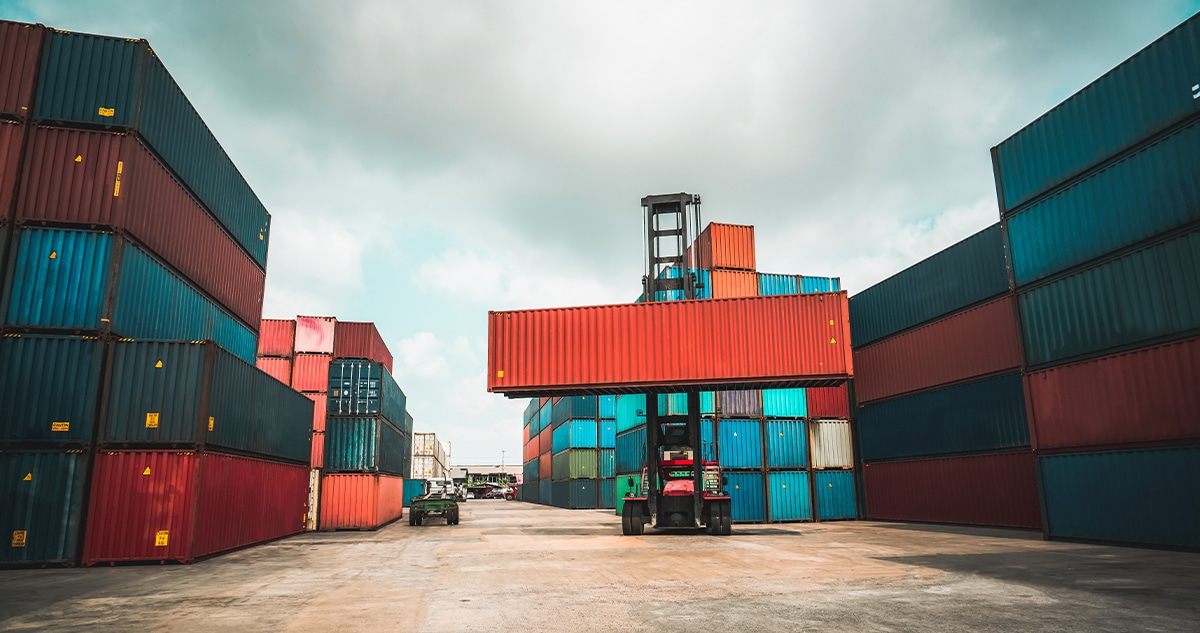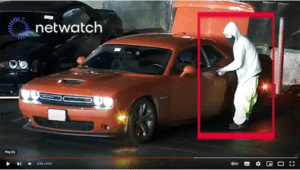The first article in this series focused on maintaining C-TPAT compliance to protect facilities from cargo theft. In this post, we’ll discuss the best way to enure compliance with TAPA security standards.
The Transported Asset Protection Association (TAPA) was created in 1997 to help mitigate the risk of cargo theft from facilities. This is an immense problem, accounting for 24% of all global cargo theft in 2020 – a number that doubled from the previous year and is predicted to continue increasing as long as the COVID-19 pandemic goes on.
PROTECT YOUR WAREHOUSE OR FACILITY FROM CARGO THEFT NOW
Because of this threat, it is essential for warehouses and facilites that store and distribute products to strengthen their security procedures to the highest standards. These criteria are laid out in the Facility Security Standards (FSR) provided by TAPA, which provide guidance, processes, and tools to reduce loss exposure, protect assets, and reduce cargo theft costs. By strictly adhering to these standards, organizations can protect themselves from risk and reduce liability.
How Proactive Video Monitoring Helps Meet TAPA Security Standards
One of the best ways to secure your facility against cargo theft and ensure adherence to TAPA standards is with Netwatch proactive video monitoring. The following examples illustrate several elements of this solution:
-
Perimeter Protection
The standard:
FSR 7.1.4: Cargo handling shipping and receiving yard is adequately controlled to prevent unauthorized access.
The solution:
Monitor the perimeter and all external areas with Netwatch proactive video monitoring (PVM). PVM can:
-
- Identify any threats before they can physically access a facility’s interior
- Detect intruders in real-time before they gain access to your facility, avoiding potential threats and liabilities
- Eliminate theft, vandalism, and other potential liabilities
- Reduce costly false alarms and fines
-
Exterior and Egress Video Surveillance
The standards:
FSR 7.2.1: Color or “day/night” exterior camera system in place covering all exterior sides of the facility.
FSR 7.2.2: Color or “day/night” exterior camera system in place covering exterior sides of facility with doors, windows or other openings.
FSR 7.3.10: Workforce entry point(s) covered by CCTV. (Color or “day/night” cameras).
The solution:
Deploy Netwatch PVM, with highly trained intervention specialists who will:
-
- Deliver live audio warnings, speaking directly to intruders to leave the premises and letting them know they are being watched and recorded
- Stop criminals from proceeding any further – as has been proven effective in 98% of cases
Netwatch also provides Flexible Zoning, enabling you to group cameras into zones for independent arming/disarming.
-
Visitor Access
The standards:
FSR 7.3.1: Access at office are visitor entry point(s) controlled by an employee/guard/receptionist that has been trained on badge issuance, controls, logging, visitors, escort requirement, etc. (process in place for visits outside operational hours).
FSR 7.3.2: Office area visitor entry point(s) covered by CCTV; (Color or “day/night” cameras) individuals clearly recognizable at all times.
The solution:
Within the Netwatch platform, you can:
-
- Create visitor passes for a seamless visit
- Generate an audit trail to meet compliance regulations
-
Video Monitoring and Incident Reporting
The standards:
FSR 7.5.1: Monitoring of alarm events 24x7x366 via an internal or 3rd party external monitoring post, protected from unauthorized access.
FSR 7.5.2: Monitoring post to respond on all security system alarms in real-time 24x7x366.
FSR 7.5.3: Monitoring post acknowledges alarm-activation and escalates in less than 3 minutes.
FSR 7.5.4: Alarm monitoring reports available.
FSR 7.5: Monitor post response procedures in place.
The solution:
Powered by machine-learning algorithms, the Netwatch Intelligent Alarm Learning System:
-
- Determines which alarms are a nuisance or false, versus events requiring immediate attention
- Provides our highly trained intervention specialists with a queue of alarms requiring immediate attention
- Enables intervention specialists to focus on real issues and threats, and begin to take immediate steps to deter those threats
Once an alert is received, our highly-trained agents at one of our state-of-the-art monitoring centers swiftly assess the situation over a live video feed, determining the threat level and taking action.
In the small number of instances where live audio warnings do not deter intruders, our intervention specialists will launch the proper response following a set of customer pre-determined protocols – this may be notifying law enforcement, alerting keyholders, or taking another action requested by the organization.
With the policy-based measures set into motion, the specialist will remain in video and audio contact with the incident until the site is fully secured.
After an incident is resolved, within 24 hours of an incident, a report is generated, emailed and posted to the Web App. This enables easy access to critical reports needed for forensics, investigations, and insurance purposes.
-
System Maintenance
The standards:
FSR 7.6.15: Functionality verifications of all systems once per week and documented, unless system failure is immediately/automatically reported or alarmed.
FSR 7.6.16: A repair order must be initiated within 48 hours of when the fault is discovered. For any repairs expected to exceed 24 hours, alternative mitigations must be implemented.
The solution:
With automated site health monitoring, the Netwatch Platform proactively monitors equipment and connectivity issues to:
-
- Monitor equipment and connectivity status and flag any detected issues
- Deliver alerts through the dashboard
- Enable the user to easily submit a ticket request through the Netwatch web or mobile app
- Ensure camera systems remain operational
Conclusion
Cargo theft is a growing problem for logistics facilities and warehouses. It is critical to ensure your security practices are as strong as possible, while also maintaining compliance with TAPA security standards.
The best way to protect your assets against cargo threat with by employing Netwatch proactive video monitoring. Find out how Netwatch can help you – contact us today.



